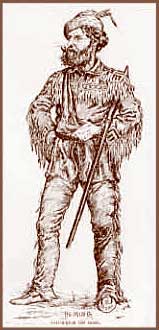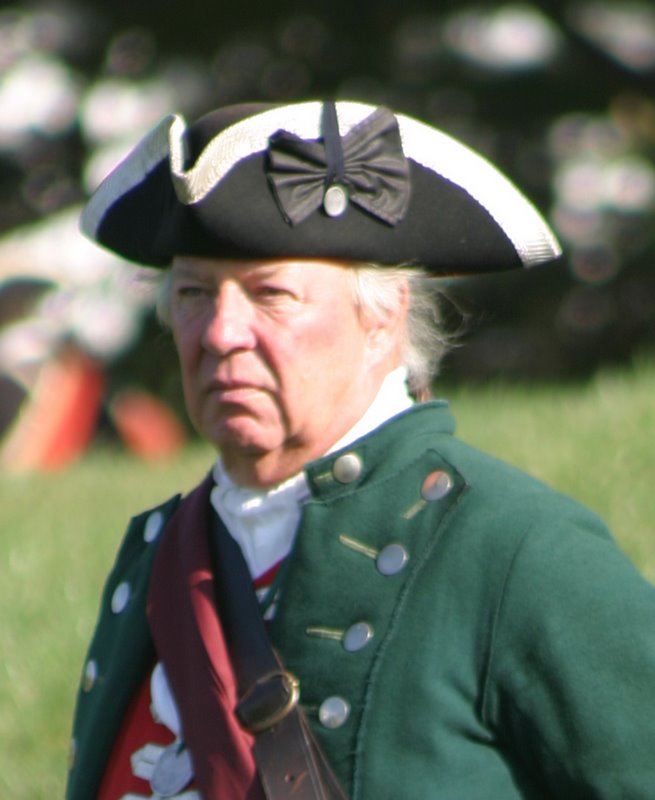Families also joined in the movement. Pennsylvania land was inexpensive and Penn’s colony (which was purchased by Penn from the Delaware in July 15, 1682, recognized by the Iroquois on January 12, 1696, extended by the Delaware on September 17, 1718, and completely supported by the Iroquois on October 11, 1736) was supposed to be an experiment. Therefore eager and encouraged, many already “American” farmers paddled up the Susquehanna with their wives and children searching for fertile land. |
.
|
Although the Moravians, an ancient Christian sect escaping religious persecution, established the first white settlement in Shamokin (1747), the majority of settlers were Scotch-Irish. These were natives of Scotland who lived in Northern Ireland and therefore followed the customs, lifestyles, and traditions of the Irish. Most were Presbyterians escaping the trade restrictions, dishonest landlords, famine, and religious persecution wrought on Ireland by the King of England. The second largest group of settlers was the Pennsylvania Germans who, like the Moravians, sought religious freedom. In 1748 Pennsylvania Germans made up three fifths of Pennsylvania’s population, and their largest migration recorded (in the early 1750’s) arrived after that statistic was established.
|
/SusquehannaRiver.jpg)





